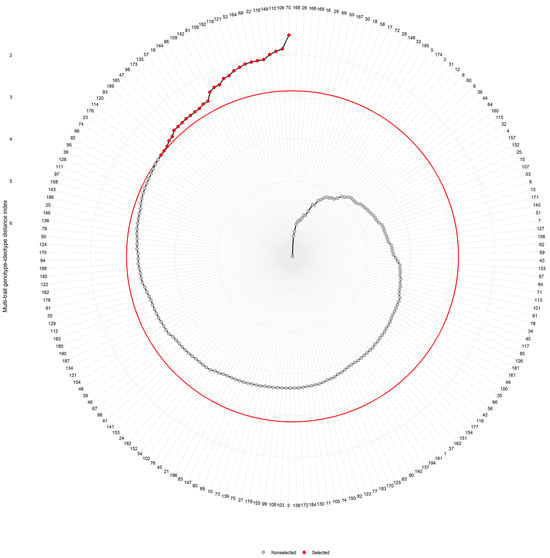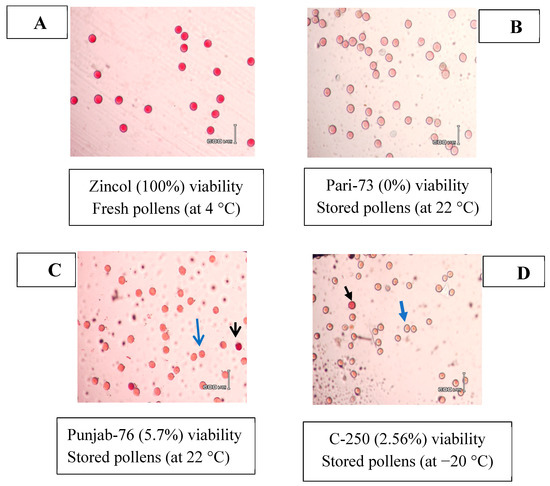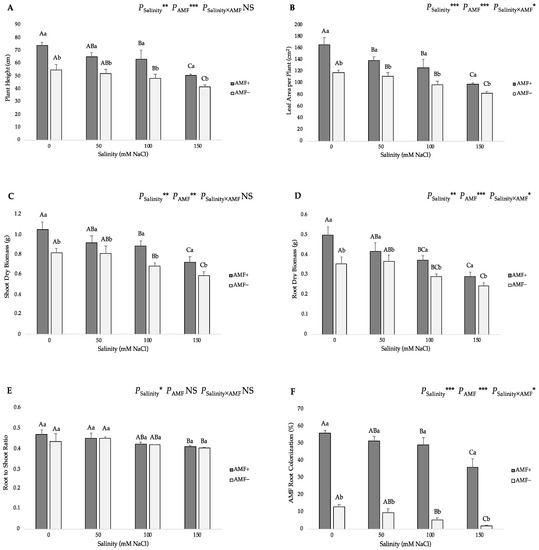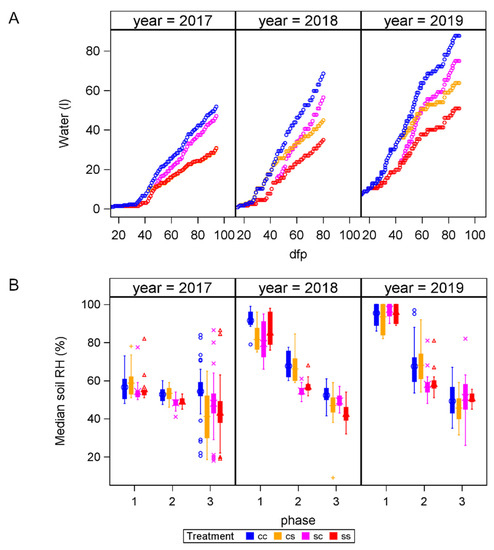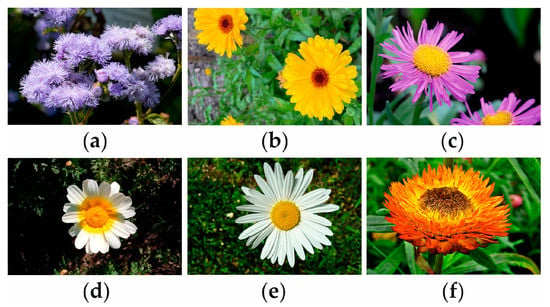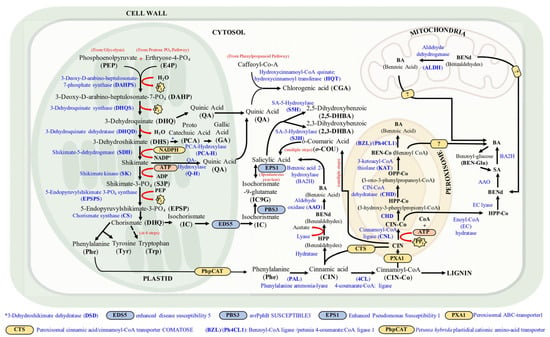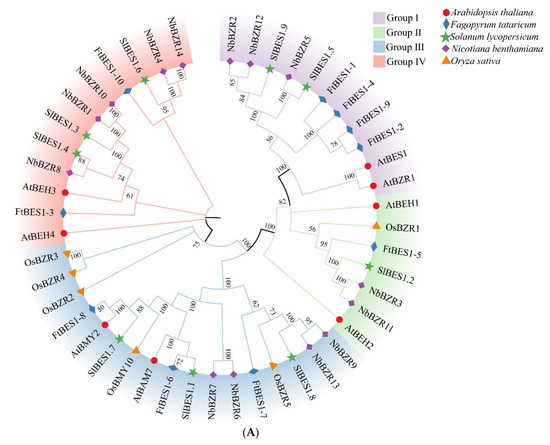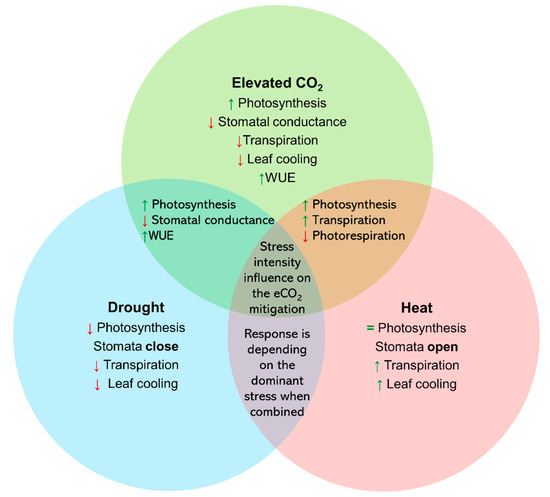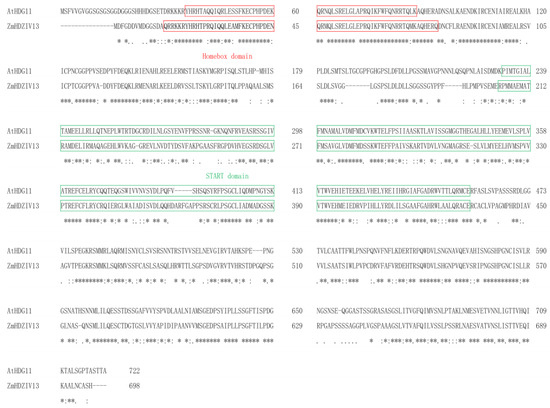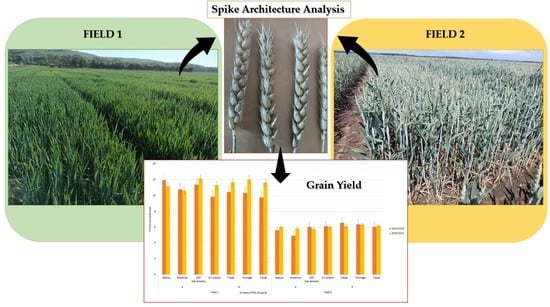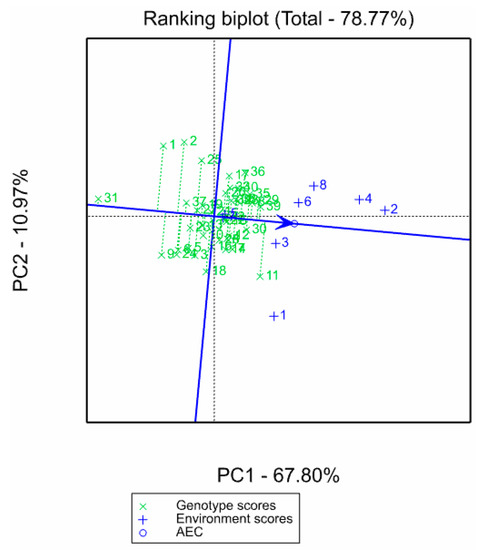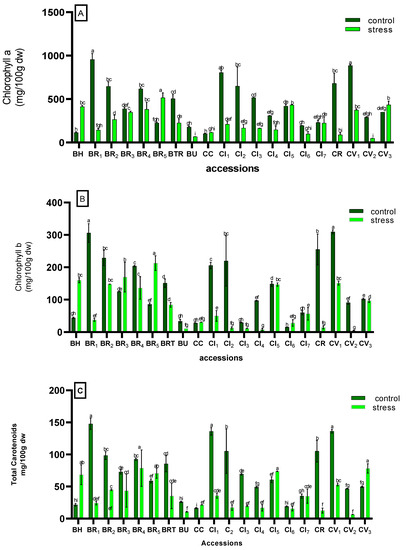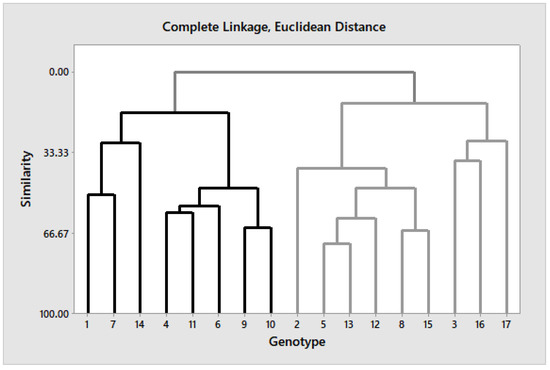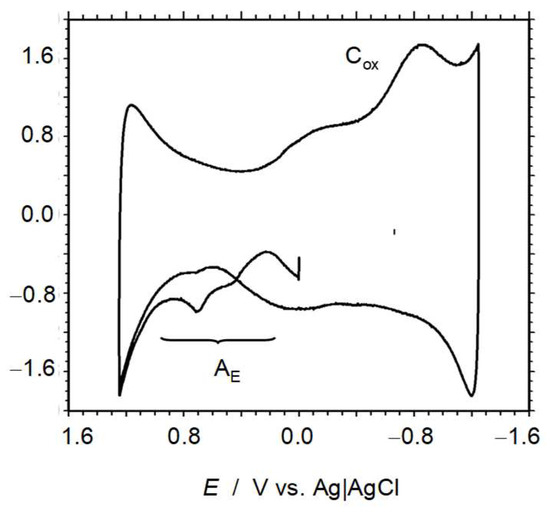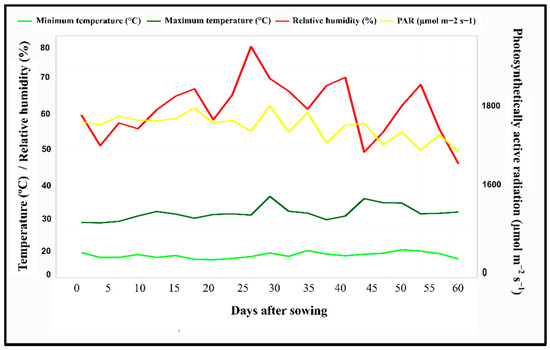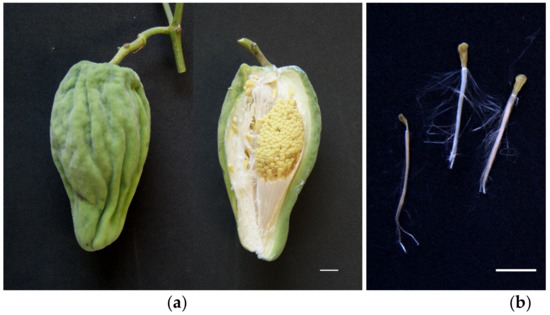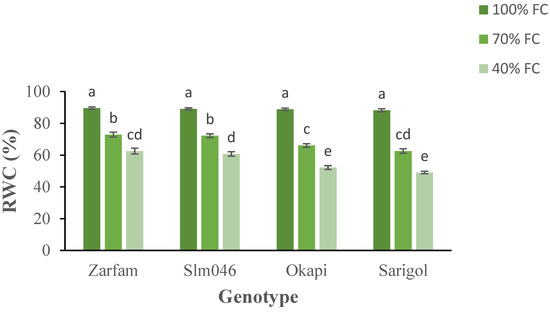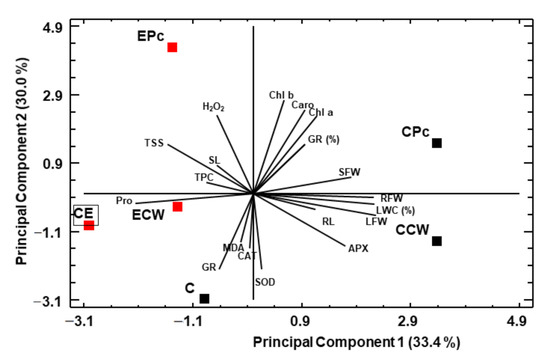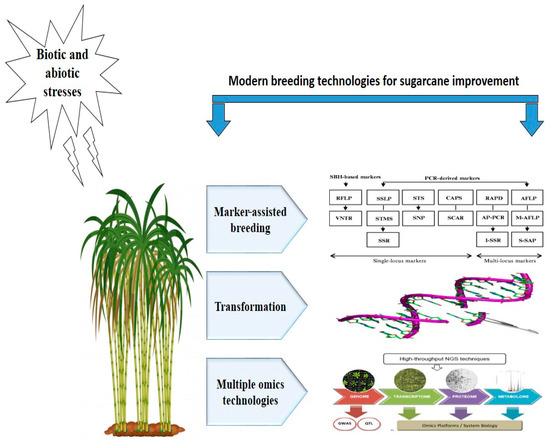Abiotic Stress Tolerance in Plants: Towards a Sustainable Agriculture
A topical collection in Agronomy (ISSN 2073-4395). This collection belongs to the section "Crop Breeding and Genetics".
Viewed by 147196Editors
Interests: plant ecology; abiotic stress responses; ecology of seed germination; halophytes; stress-tolerant crops
Special Issues, Collections and Topics in MDPI journals
Interests: genetics; plant breeding; abiotic stress
Special Issues, Collections and Topics in MDPI journals
Topical Collection Information
Dear Colleagues,
Some of the main challenges of present and future agriculture are the deterioration of the environmental conditions in many areas of the world and the uncertainty of climate. Therefore, improving crop tolerance to different types of abiotic stress is a priority to ensure a stable food supply for a growing human population. The nature of different abiotic stresses is very diverse, and so are plants' responses to them.
This Special Issue will focus on the "Physiological and Molecular Characterization of Crop Resistance to Abiotic Stress". We invite novel research articles, reviews, and opinion papers covering all aspects of plant responses and mechanisms of tolerance to abiotic stresses such as salinity, drought, extreme temperatures, flooding, nutrient deficiencies, high radiation levels, toxic compounds (heavy metals, pesticides), ozone, etc. Physiological, biochemical, and molecular studies of crop responses to abiotic stresses, as well as papers describing the function of stress-responding genes, the development of stress-tolerant varieties, marker-assisted screening of stress-tolerant genotypes, and genetic engineering and other biotechnological approaches to improve crop tolerance will be welcomed.
Prof. Dr. Monica Boscaiu
Dr. Ana Fita
Guest Editors
Manuscript Submission Information
Manuscripts should be submitted online at www.mdpi.com by registering and logging in to this website. Once you are registered, click here to go to the submission form. Manuscripts can be submitted until the deadline. All submissions that pass pre-check are peer-reviewed. Accepted papers will be published continuously in the journal (as soon as accepted) and will be listed together on the collection website. Research articles, review articles as well as short communications are invited. For planned papers, a title and short abstract (about 250 words) can be sent to the Editorial Office for assessment.
Submitted manuscripts should not have been published previously, nor be under consideration for publication elsewhere (except conference proceedings papers). All manuscripts are thoroughly refereed through a single-blind peer-review process. A guide for authors and other relevant information for submission of manuscripts is available on the Instructions for Authors page. Agronomy is an international peer-reviewed open access semimonthly journal published by MDPI.
Please visit the Instructions for Authors page before submitting a manuscript. The Article Processing Charge (APC) for publication in this open access journal is 2600 CHF (Swiss Francs). Submitted papers should be well formatted and use good English. Authors may use MDPI's English editing service prior to publication or during author revisions.
Keywords
- climate change
- drought
- salinity
- extreme temperatures
- plant breeding
- stress tolerance
- stress responses
















